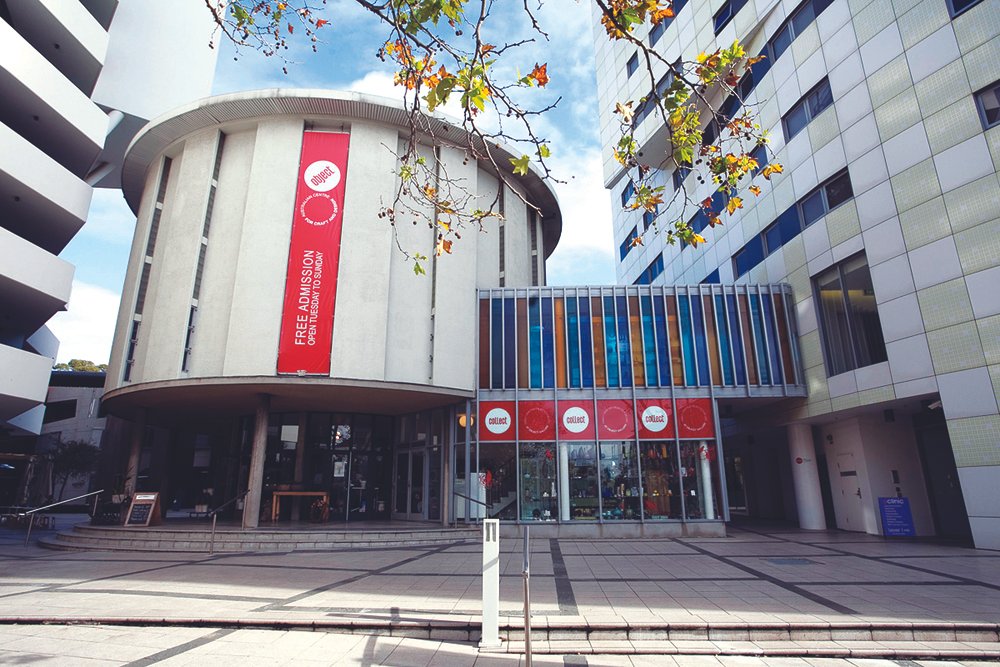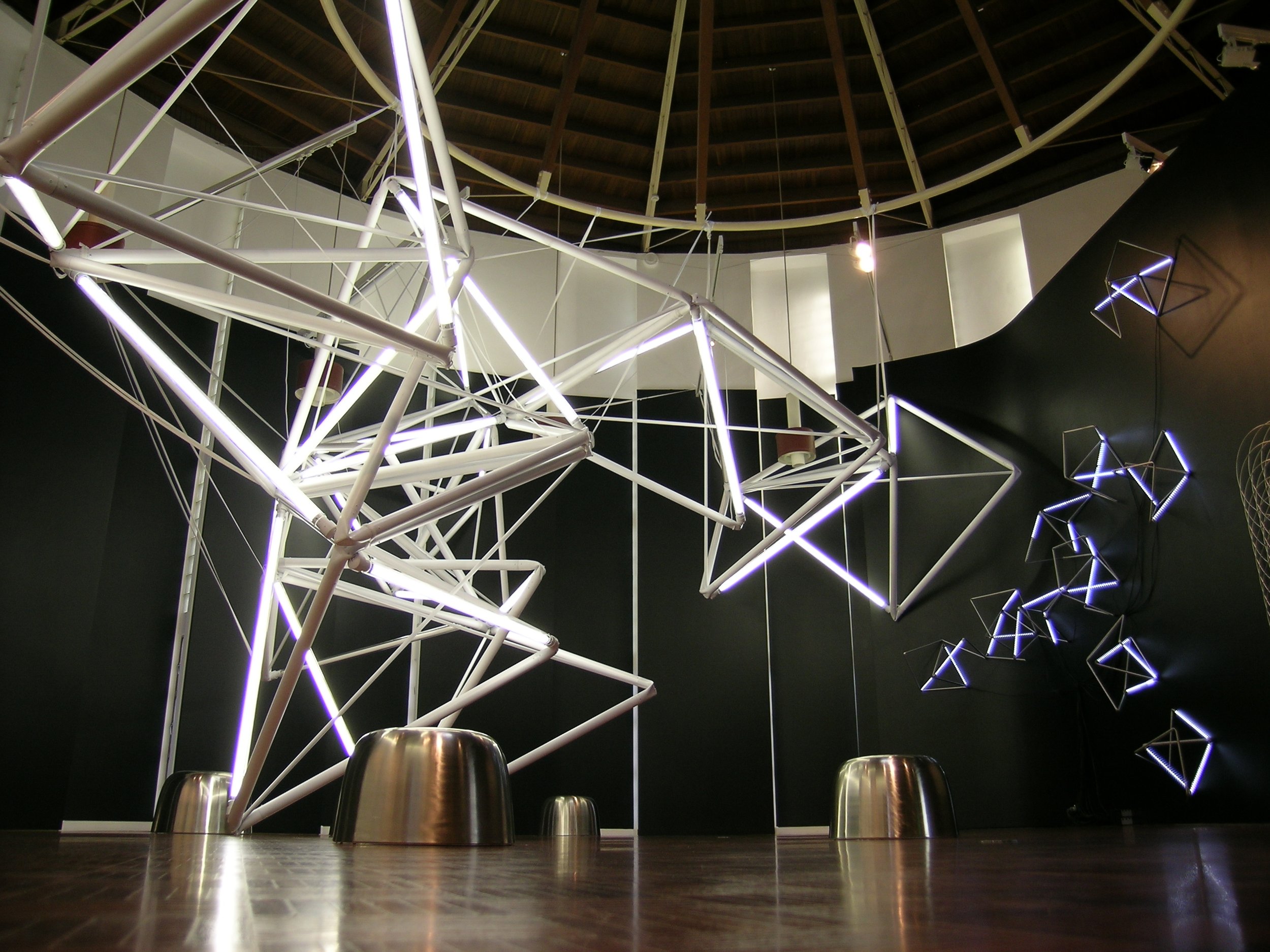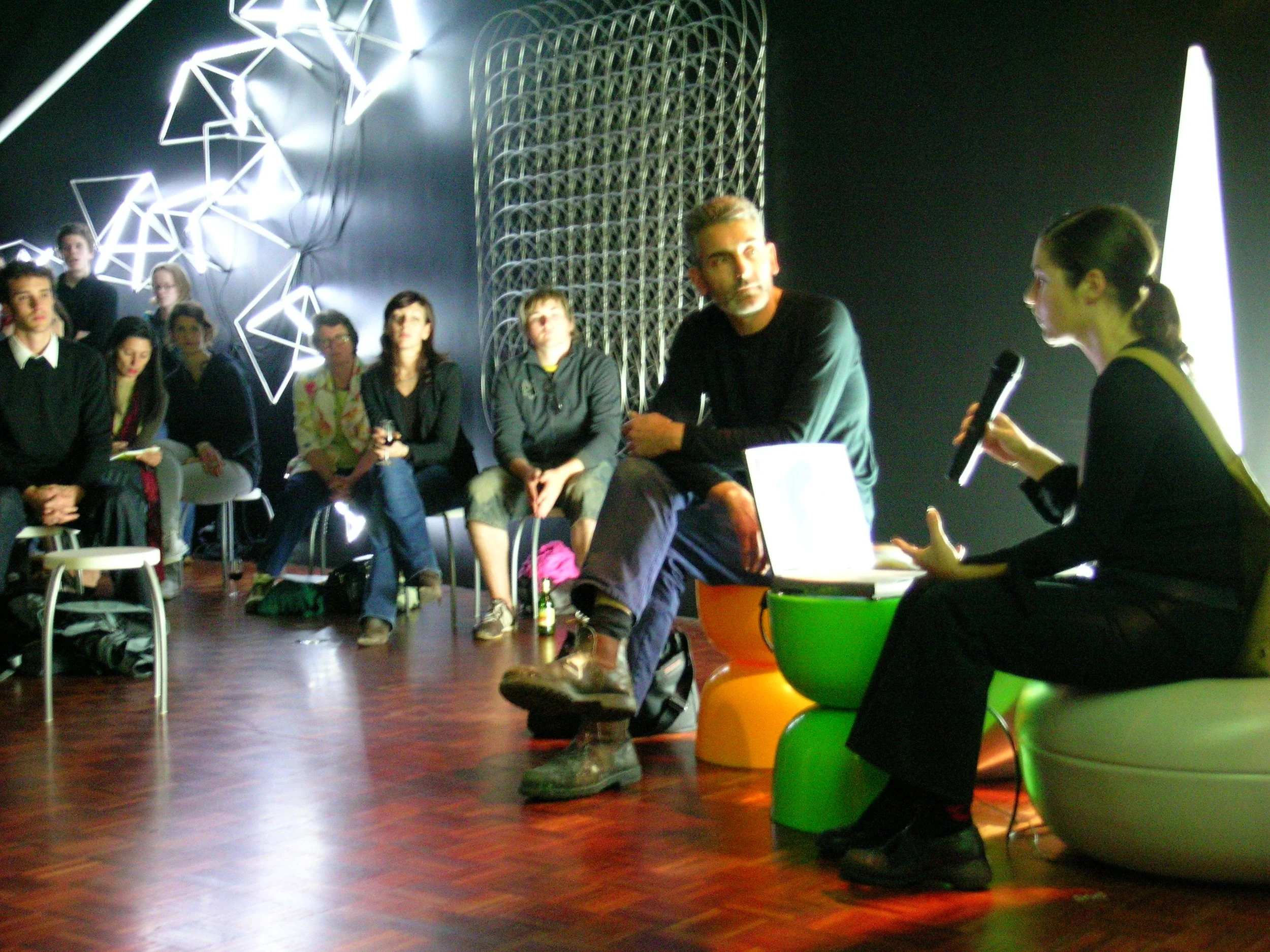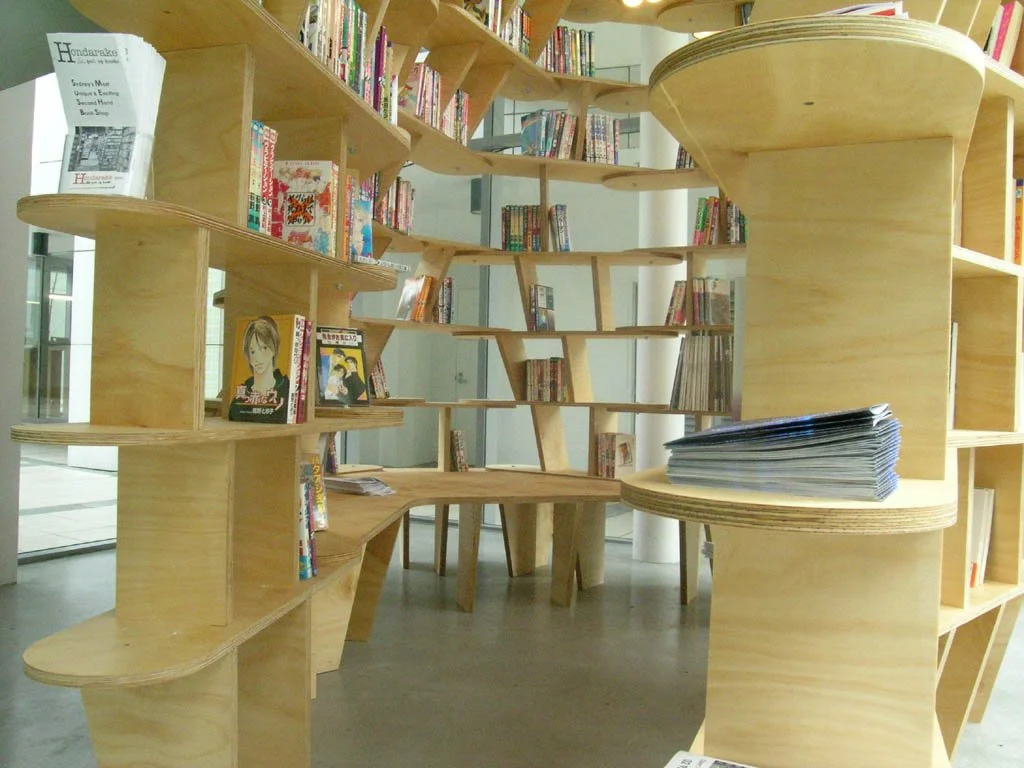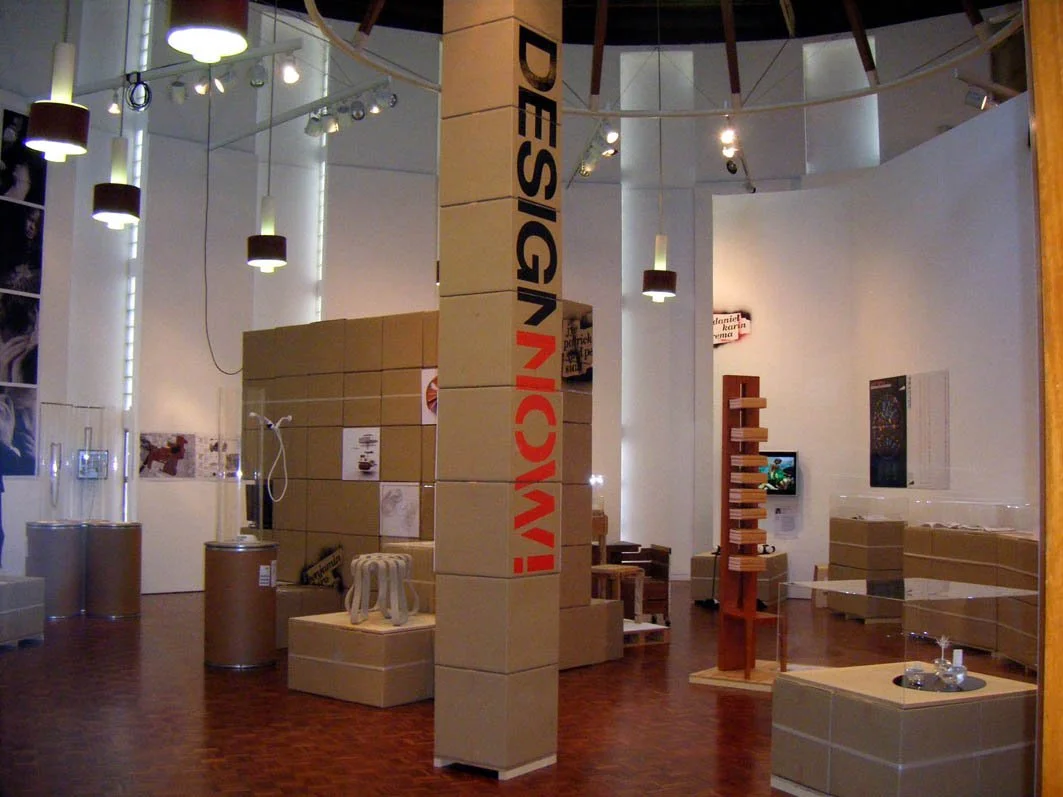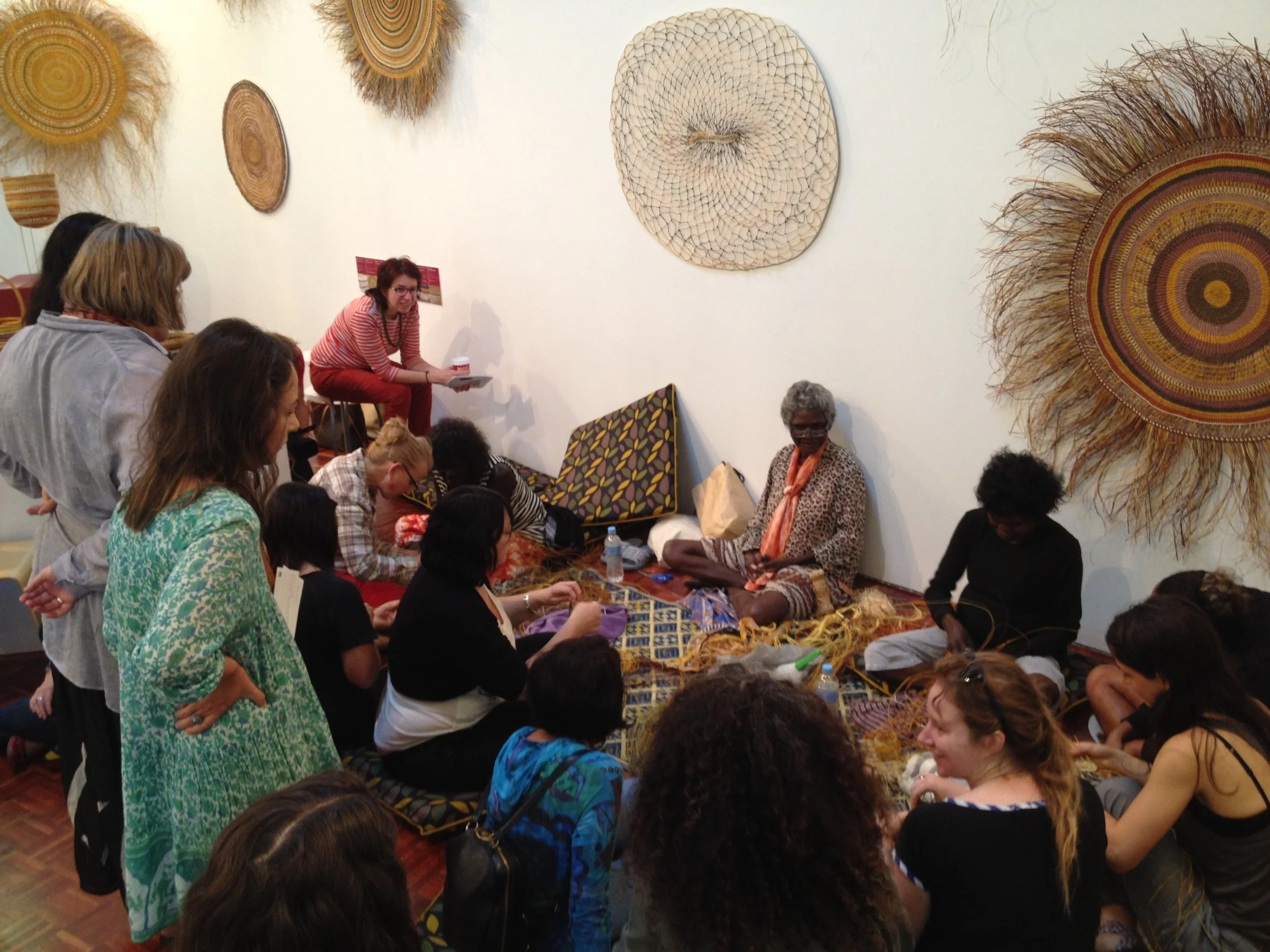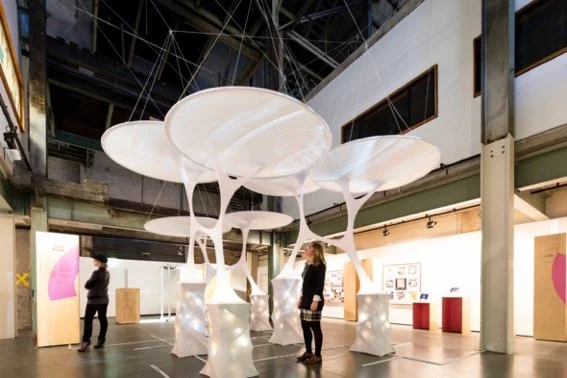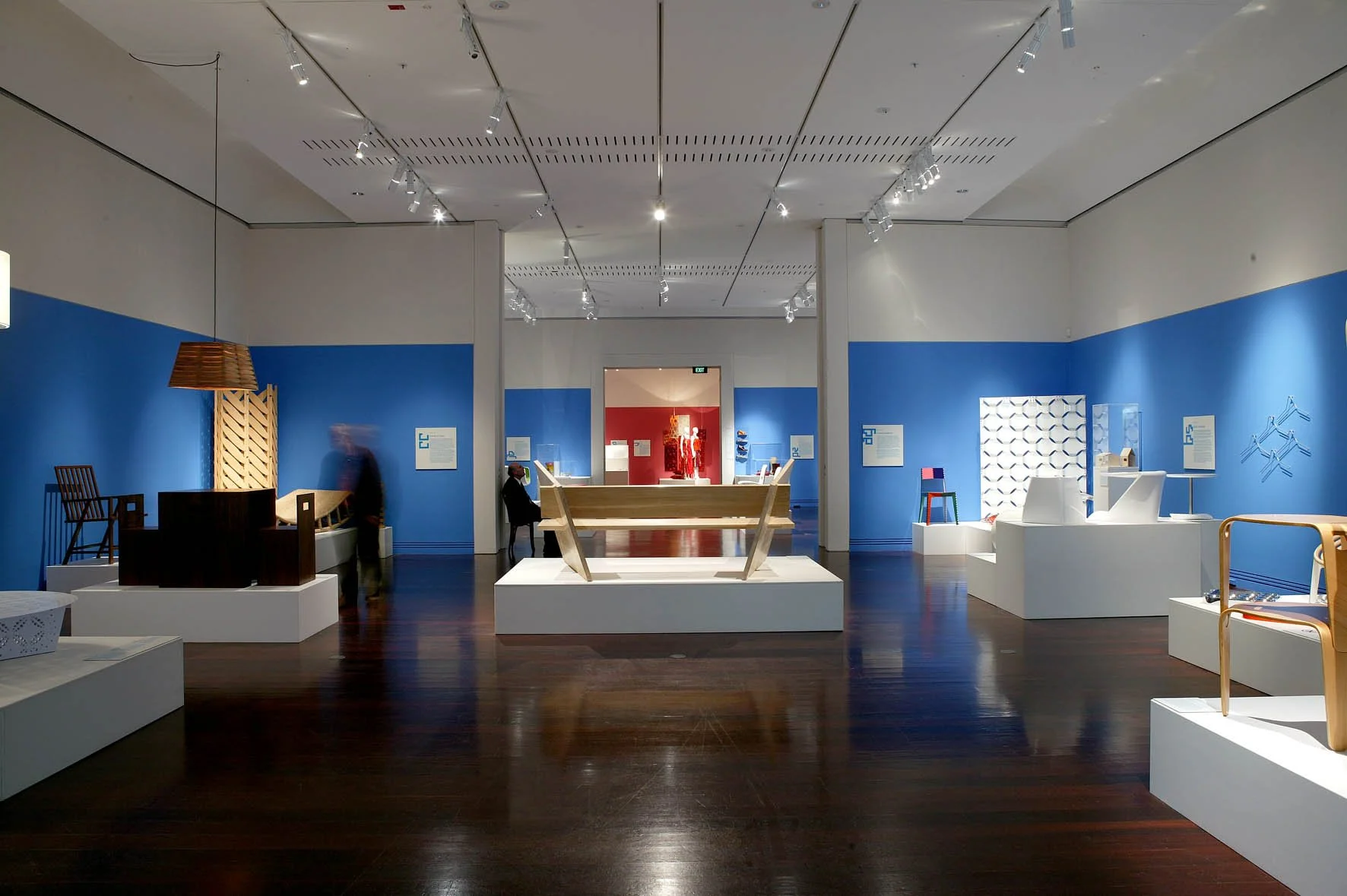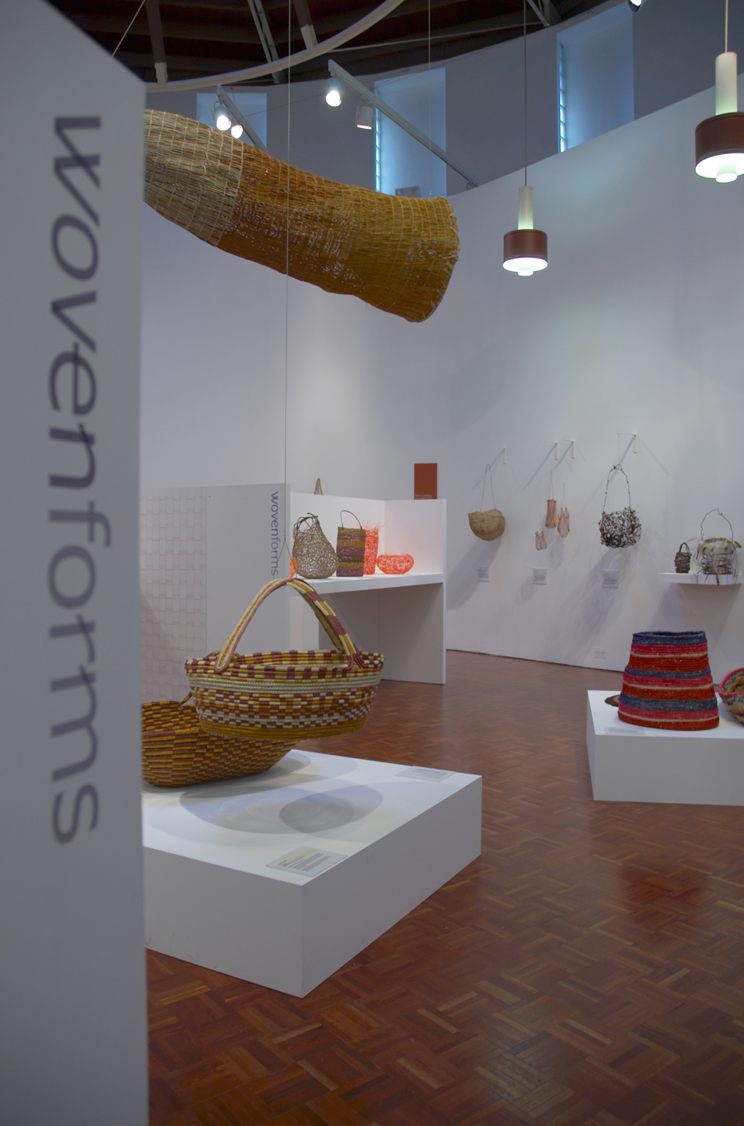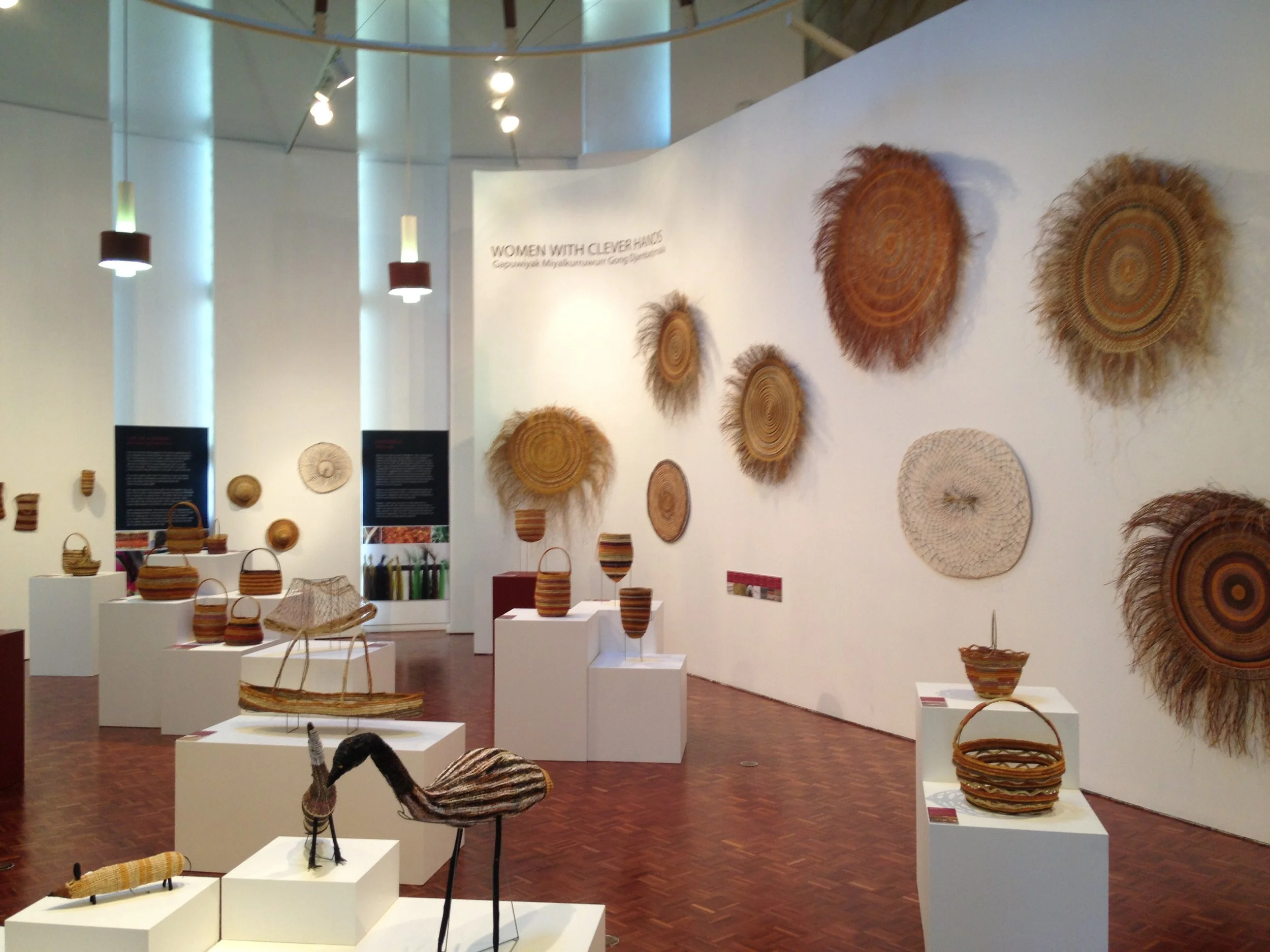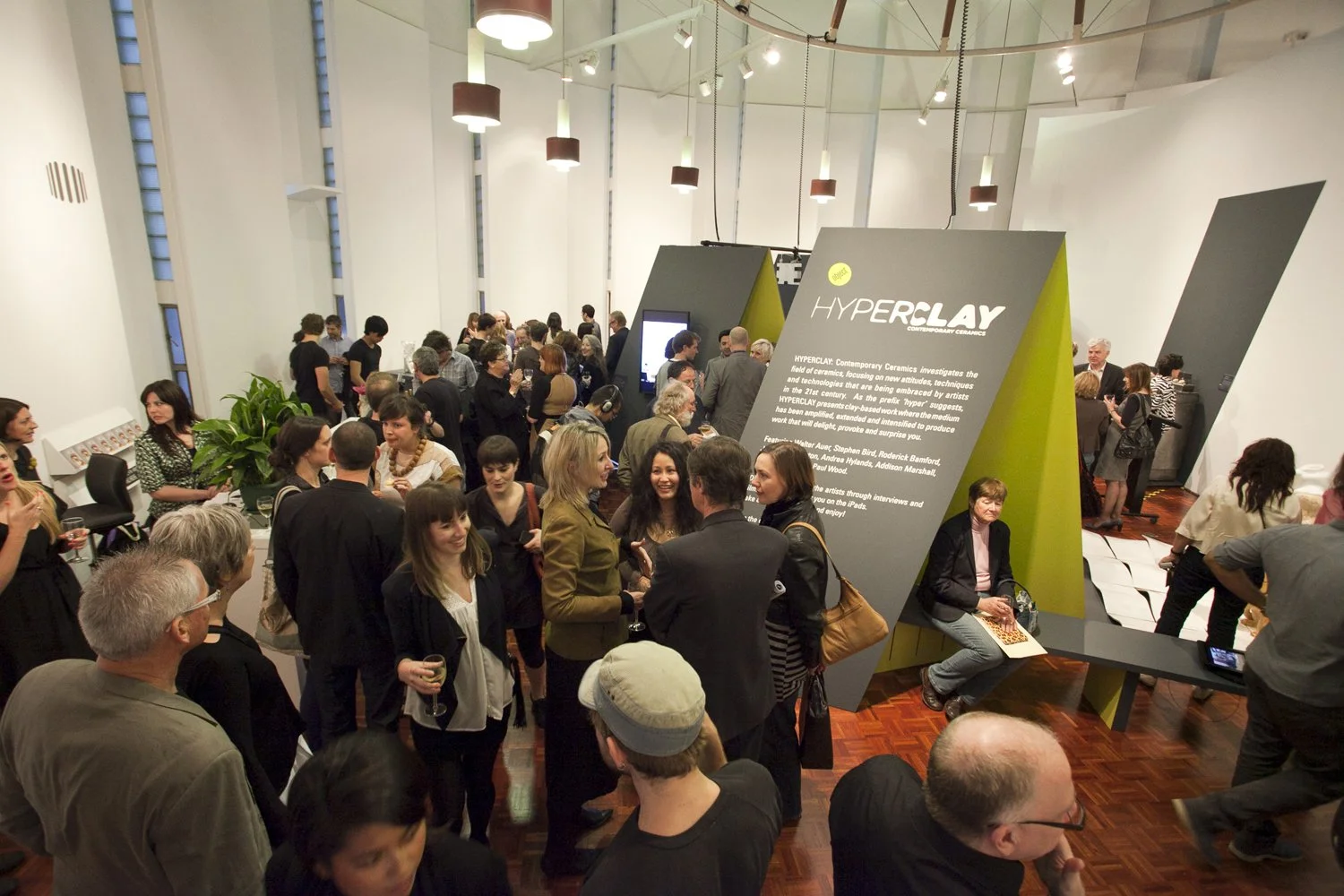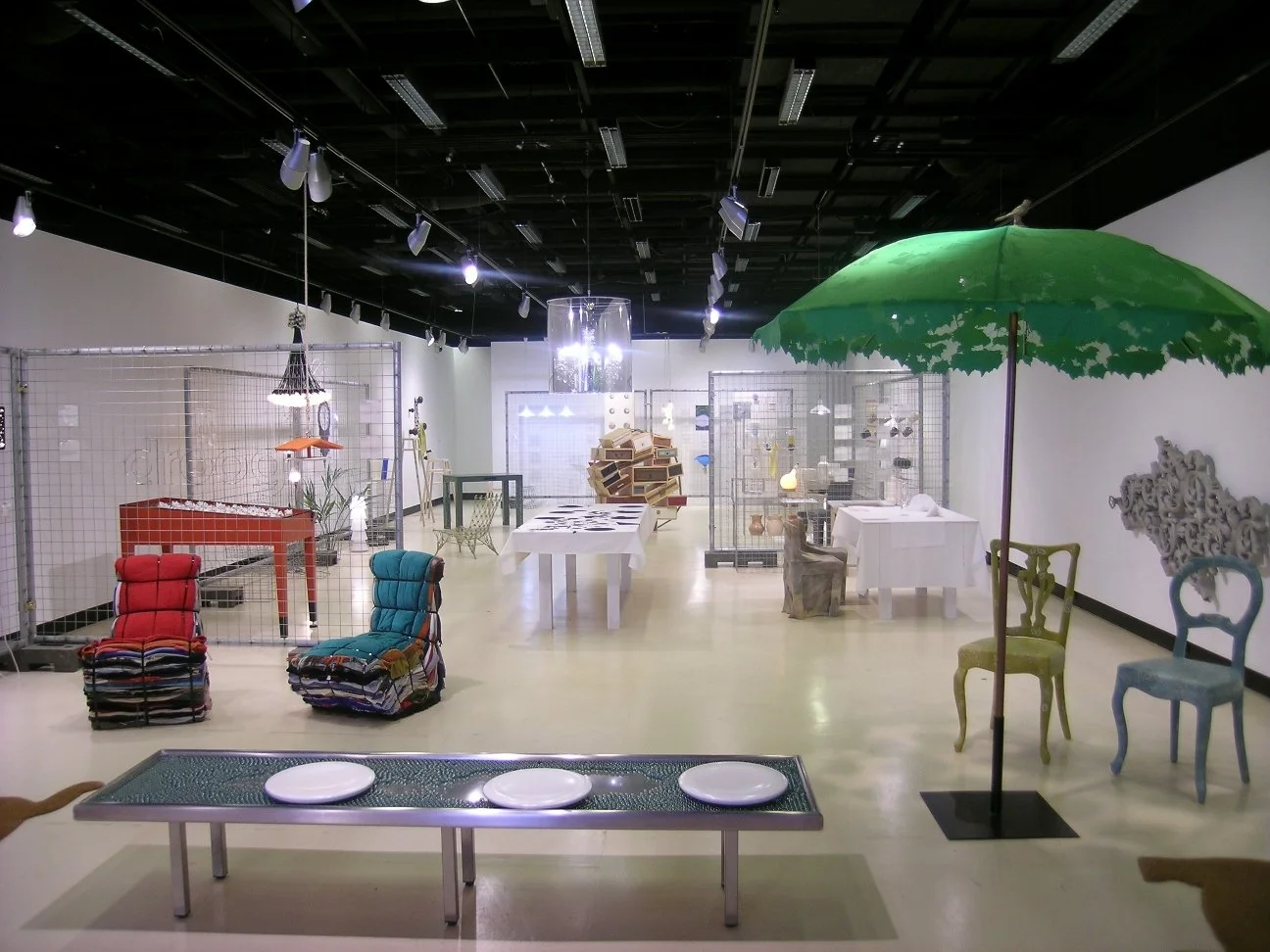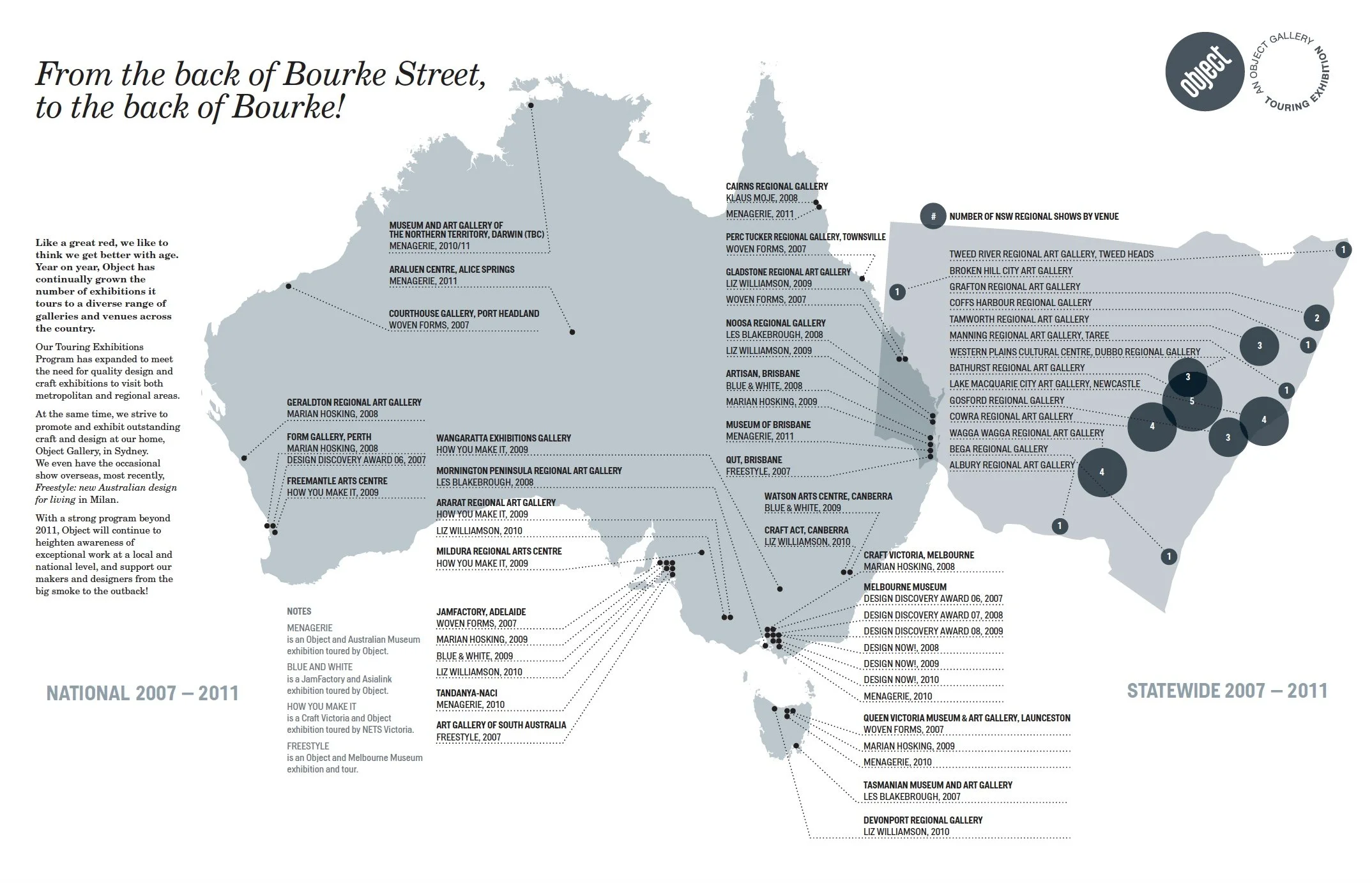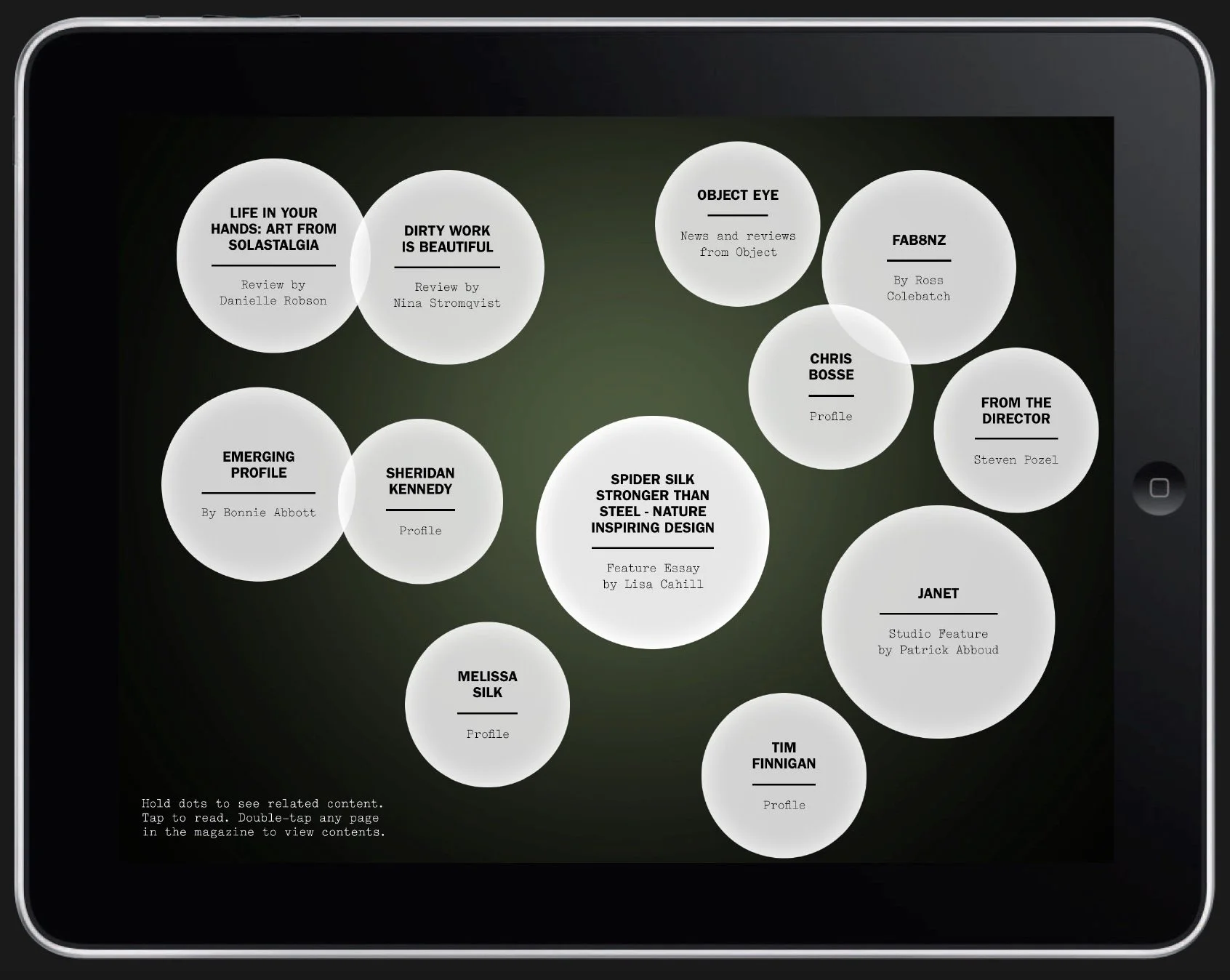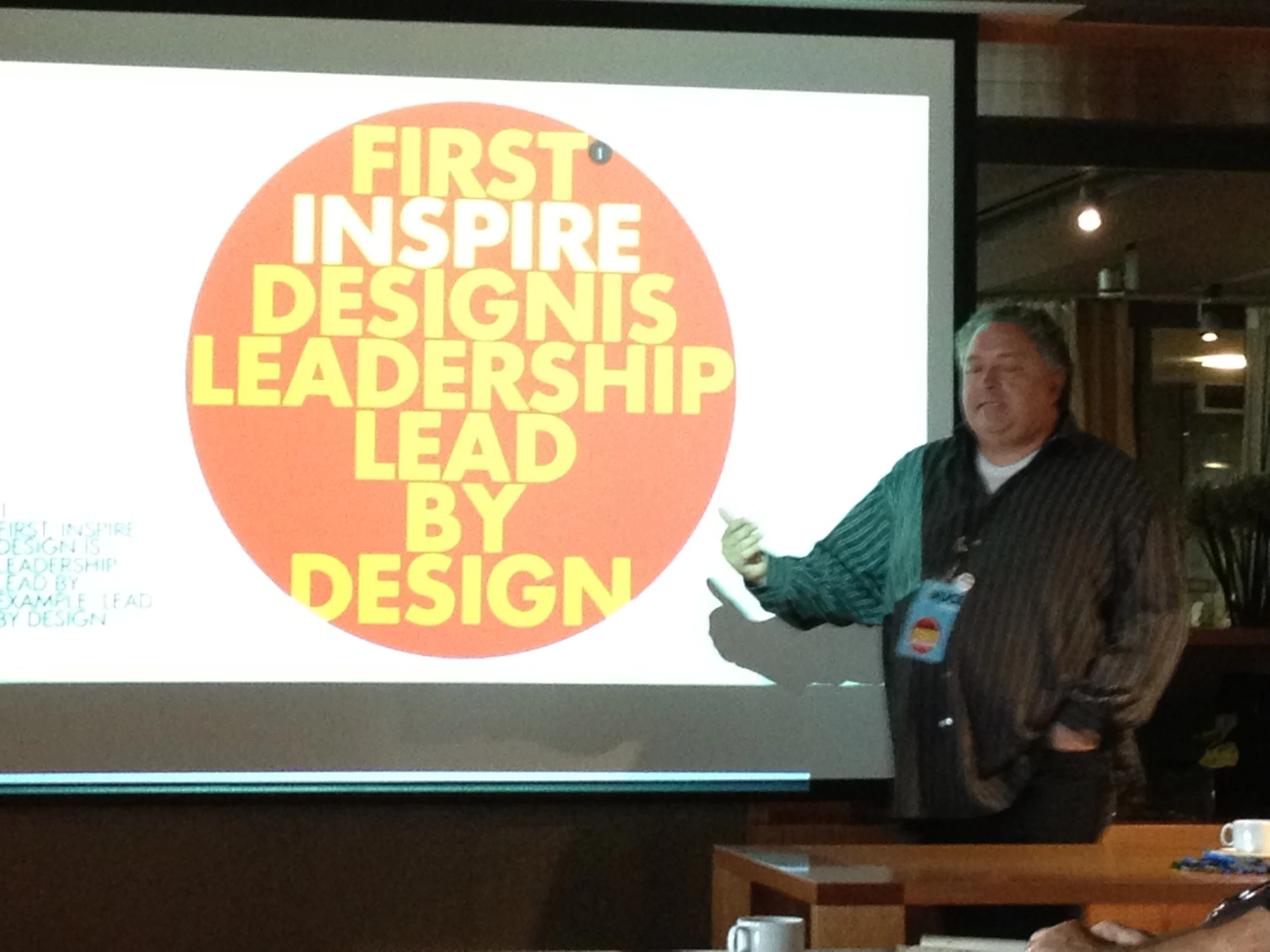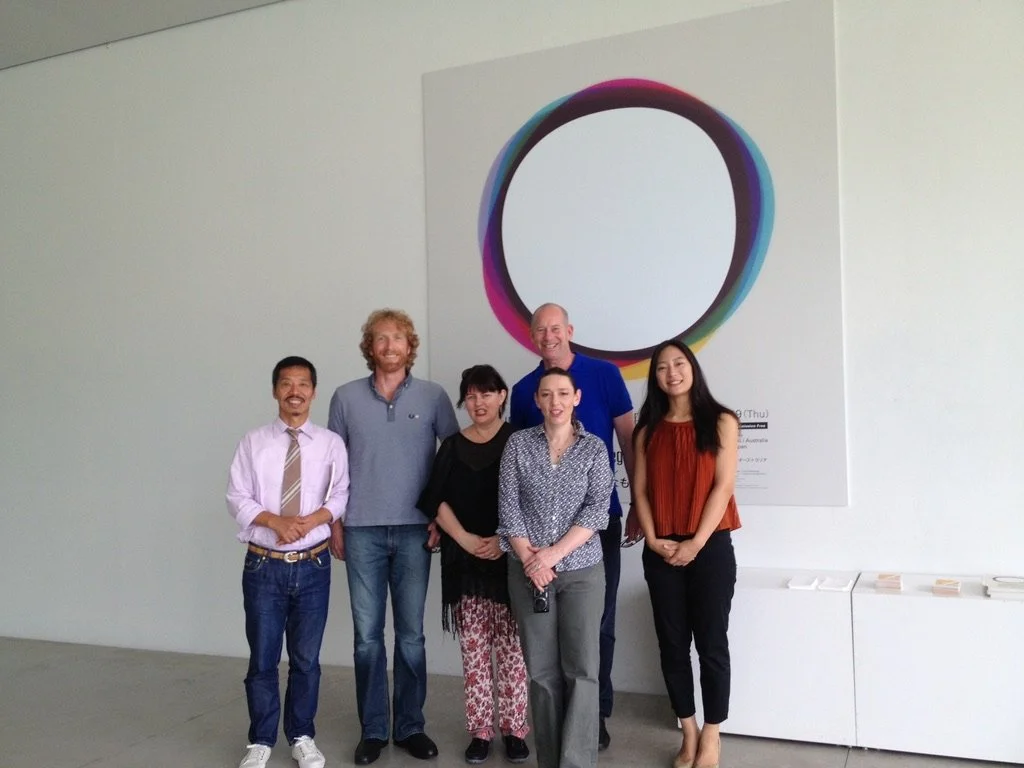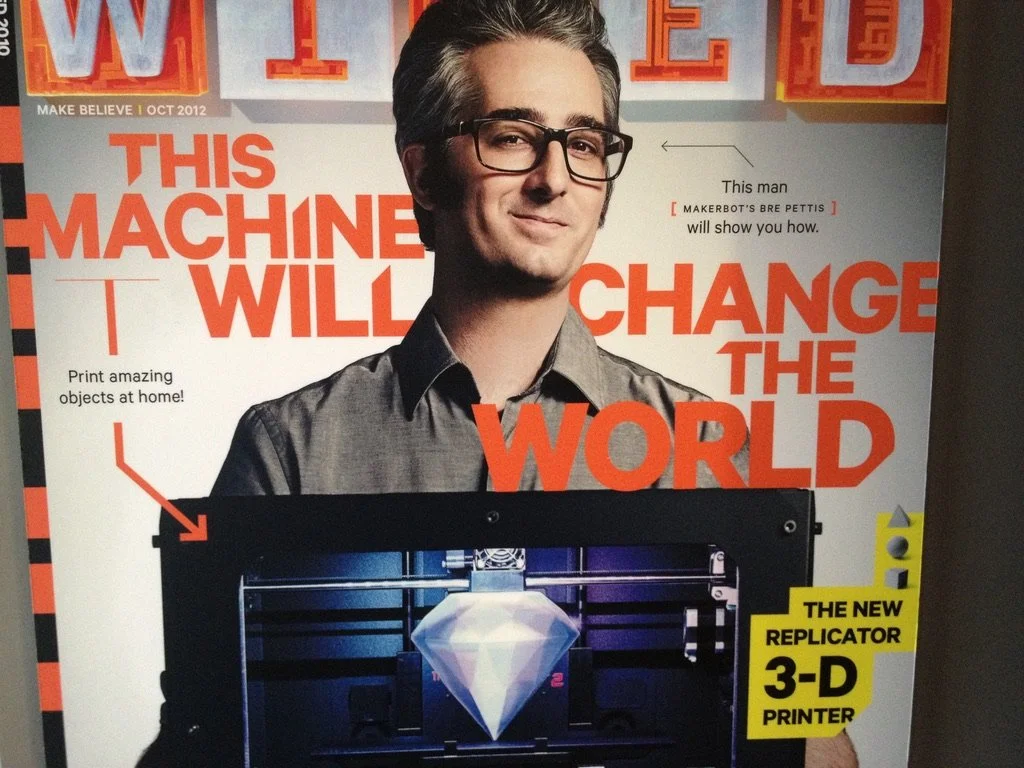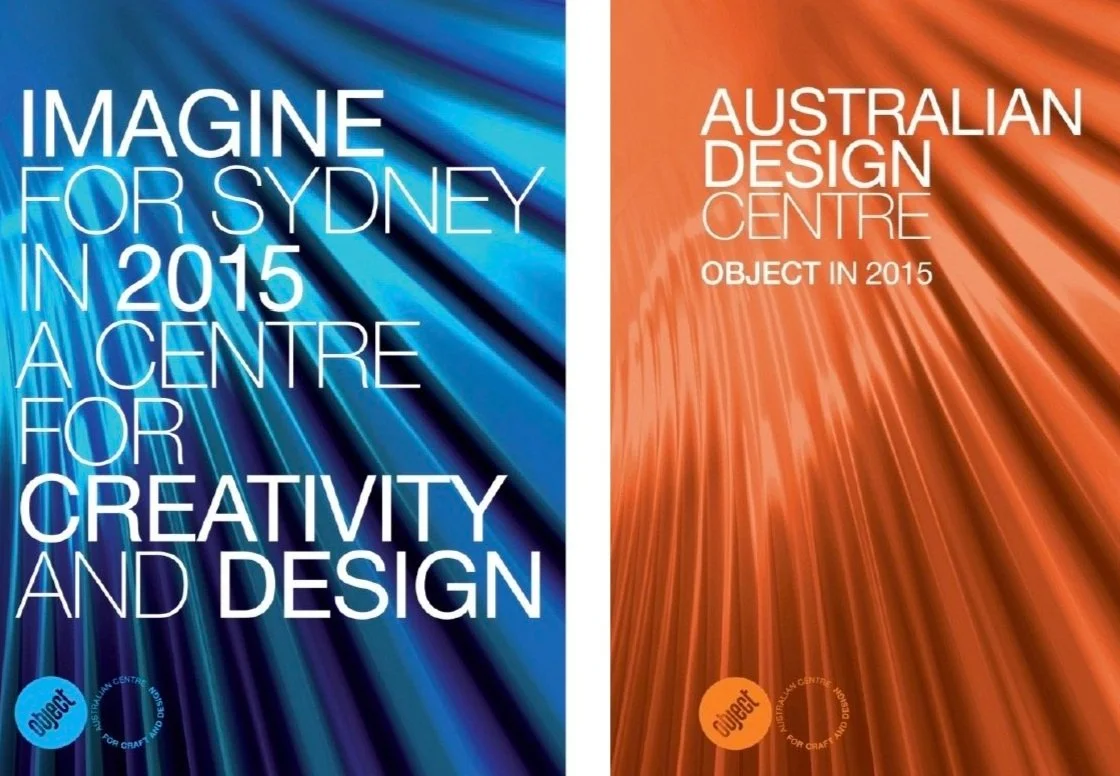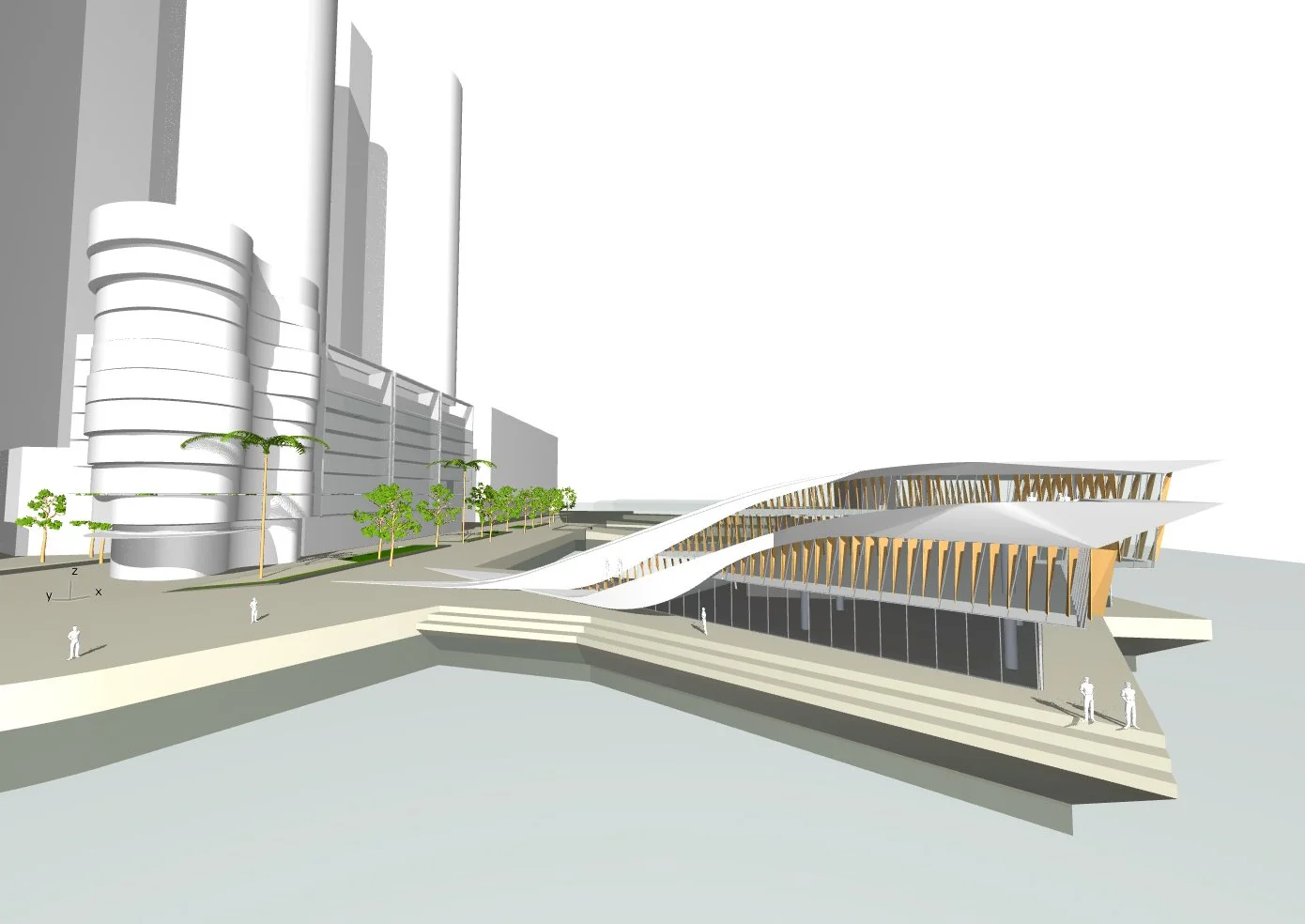Australian Design centre (Object Gallery)
DIRECTOR 2000 - 2015
“…one of the most important venues of its kind in the country.” The Australian
The Australian Design Centre flourished into one of our nation's most vibrant spaces for creative discovery, where cutting-edge design practices merged seamlessly with masterful handcrafted objects. During my fifteen-year directorship, I found myself stewarding a vision that would ultimately expand both our audience reach and our creative scope, bringing together ground-breaking work from across Australia and beyond.
Australian Design Centre (Object Gallery) 2000 - 2015
For more detailed information on the history of the ADC and the broad range of programmes produced during this period and the 35 years proceeding (as well as the years since 2015) it is best to visit the ADC website www.australiandesigncentre.com
In 2006, Steve Pozel curated Frost*bite, a major survey of the last decade of work by graphic designer Vince Frost and his studio, at the Sydney Opera House exhibitions venue.
The ADC consistently highlighted the work of Indigenous artists and designers. Over its sixty-year plus history, it staged a number of impactful and significant exhibitions exploring Indigenous craft and design work.
Freestyle: new Australian design for living (2006/2007) was, at its time, the largest design exhibition of its type ever undertaken in Australia. Curated by Brian Parkes with assistant curator Annabel Moir.
Leaving its Customs House venue in 2004, the ADC found itself in one of the most magnificent architectural spaces in Sydney at the former St Margarets Chapel, designed by modernist architect Ken Woolley at age 23.
· Korban/Flaubert: Adventure as part of the “Chapel Series” at the ADC’s St Margarets venue in 2005. Korban/Flaubert were also included in Freestyle exhibition in 2006 and first programmed in Rooms in 2001.
In 1998, the Australian Design Centre (known then as Object) found itself based at Customs House at Circular Quay, by 2004 at St Margarets (above) and since 2015 at its premises on William St, Darlinghurst
Design thinking as a tool is one that was deeply embraced and championed by the ADC . Perhaps the most important education program involving design thinking was the development of Design Emergency.
Freestyle: new Australian design for living at Melbourne Museum in 2006, then in Sydney at National Art School & ADC St Margarets March–May 2007, as part of a 4-venue national tour, then travelling to Milan, Italy.
More ADC Projects 2000-2015
Even More ADC 2000-2015
Australian Design Centre - Adventure
A personal reflection (2000 - 2015)
Korban/Flaubert's Adventure Chapel Project (2005) embodied everything we sought to achieve at the Australian Design Centre—a willingness to push boundaries, to reimagine possibilities. This spirit of exploration defined our fifteen-year journey, creating opportunities for designers and makers to venture beyond their comfort zones.
From Daniel Brown's groundbreaking AI-influenced works in 2005 to Gay Bilson's mesmerising 'Nest' exhibition in 2008, we challenged conventional definitions of design. 'Nest' particularly presaged our growing fascination with biomimicry and bio-inspiration, while exhibitions like 'Stereotypes, Sound and Typography' explored unexpected intersections between sound design and publishing.
The appointment of Brian Parkes as Head Curator and Associate Director marked a pivotal moment, leading to landmark exhibitions including Akira Isogawa's fashion retrospective and the comprehensive survey of Dinosaur Designs—both featured in the Sydney Festival. Our 'Living Treasures' series celebrated master craftspeople, culminating in 'Lola Greeno: Cultural Jewels' (2014), which found a permanent home at the Queen Victoria Museum and Art Gallery.
'Menagerie', our collaboration with the Australian Museum, broke new ground in exploring Indigenous craft and design. The exhibition's impact resonated across eleven national venues, reaching over 200,000 visitors before joining the Australian Museum's permanent collection. This success was matched internationally when we presented thirty Indigenous Australian artists at the 21st Century Museum of Contemporary Art in Kanazawa, Japan.
Looking toward the future of design, 'Cusp: Designing into the Next Decade' surveyed twelve designers working across data visualisation, fashion, architecture, and social robotics. 'Shapeshifters: 3D Printing the Future' captured another technological watershed, examining how digital fabrication was transforming both design and craft practices.
“...one of the most proactive organisations in Australia, charged with the role of defining the future context of Australian craft and design through exhibitions, discourse and intelligent collaborations” Inside Magazine
photos: Keith Saunders
ADC in CONTEXT
In 2015 the ADC launched a new brand and campaign forged by the Interbrand consultancy. This short video was one of the pieces created as part of the ADC brand ecosystem .
The Centre's achievements stemmed from extraordinary collective effort. Under the guidance of Board Chairs Anthony Burke (2013), Leon Paroissien (2005), Craig Hassall (2002), and Richard Whitely (2000), we built a dynamic creative hub. The core team included visionaries like Louise Ingram, Brian Parkes, and Lisa Cahill as Associate Directors, alongside Kathryn Hunyor leading Creative Programs and Annette Mauer directing Learning initiatives.
Sandra Brown's touring expertise, Meghan Hay's financial acumen, and Annalyse McLeod's strategic leadership proved invaluable. The dedication of team members like Carrie Mulford, Stephen Goddard, Kennie Ward, Joan-Maree Hargreaves, and Annabelle Moir shaped our success. Nicole Foreshew, Grainne Brunsdon, and Mandie Armstrong brought diverse perspectives, while Liane McGrath's generous mentorship touched everyone's journey.
Together, we created a space where visual culture could be explored deeply and boundaries pushed thoughtfully. It became a laboratory for creative courage, where designers and makers could reinvent their practice, and audiences could embark on increasingly ambitious journeys of discovery.




